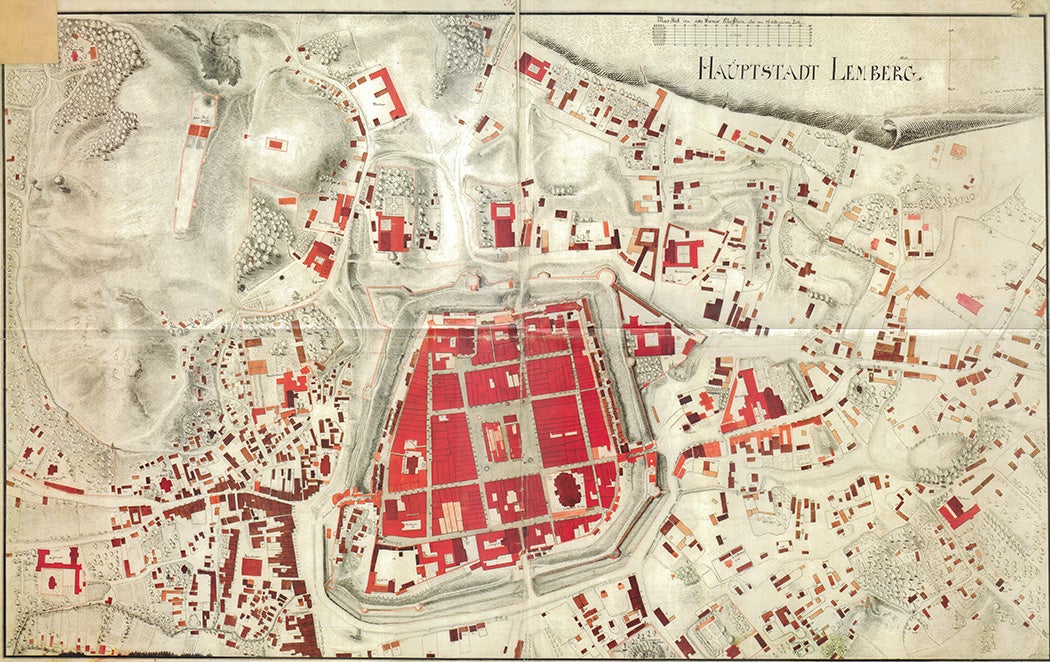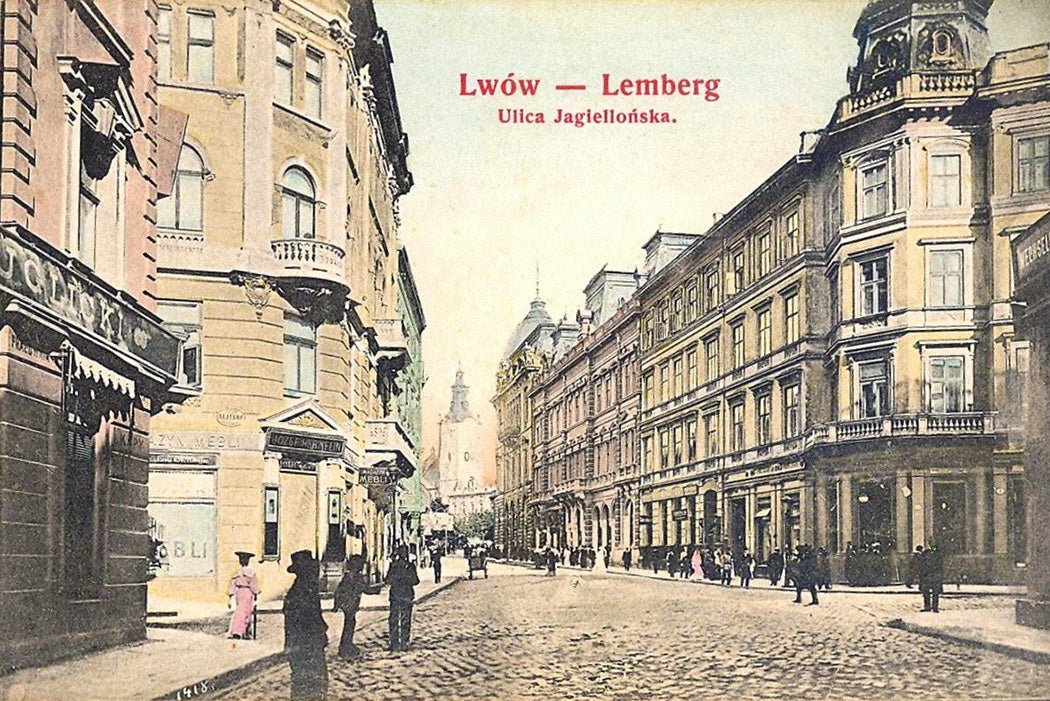It’s a city of that has had many names over the centuries: Lemberg, Leopolis, Lwów, Lvov, Lviv. Every one of these names tells a story: of peoples, ethnicities, languages, and religions. Entire polities—Great Moravia, Galicia-Volhynia, the Grand Duchy of Lithuania, the Kingdom of Poland, the Habsburg Empire (later Austria-Hungary), Imperial Russia, the Western Ukrainian National Republic, the Soviet Union—that once held sway over the city have come and gone.
Today, Lviv is the largest city in the western part of Ukraine, and the seventh largest city overall in the country. With recent events between Ukraine and Russia, it bears looking at a city at the crossroads of Europe—even Eurasia, for the Mongols overran the settlement in 1261. Scholar Yaroslav Hrytsak does so in writing that, traditionally:
“The history of Lviv may be told in many different ways, and indeed historians of assorted nationalities have written distinct historical accounts of the city according to their respective national perspectives. Thus, we have Ukrainian, Polish, Soviet, and Jewish versions of Lviv’s past.”
Hrytsak argues instead for a history that crosses national and ethnic borders. “It seems likely,” he writes, “that a new multicultural history of Lviv may emerge from these border crossings and supersede the previous nationally defined narratives.”
For instance, it has traditionally been said that the city was founded in the thirteenth century by a Galician prince, who named it after his son Lev. Archeological evidence unearthed only two decades ago, however, shows that the site has been continuously inhabited since the end of the fifth century. This makes it “one of the oldest settlements in East Central Europe.”
On the divide between the basins of the Baltic Sea and the Black Sea, the settlement was fortuitously located along both east-west and north-south trade routes. A fourteenth century Catalan map, no less, explained the connections: “merchants come to this city, arriving from the east and leaving via the German [Baltic] sea to Flanders.”

Some of the earliest inhabitants were “White Croats,” who may have been an Irano-Alanic people who were slowly absorbed by sedentary Slavs, or a unified group of Slavs who later “evolved into eastern (Ruthenian, later Ukrainian) and western (Polish) branches.”
“There is no doubt that this trading city had a multicultural character from the very beginning,” writes Hrytsak. This doesn’t mean, he cautions, that there was “civic solidarity and cooperation.” Indeed, the history of this many-named city is also a history of “failed multicultural experience”—if we define multiculturalism as a situation in which a “dominant culture does not subordinate other cultures.”
For there has definitely been conflict. Rival principalities, contesting ethnicities/nationalities, and at least three versions of Christianity (Orthodox, Catholic, Armenian), have roiled the hodgepodge. And all the Christians could be united in their anti-Semitism: numerous pogroms mark the city and region’s history. (The great majority of Galician Jews were murdered in the Holocaust.)
Weekly Newsletter
Hrytsak’s gloss of the nineteenth century, that cauldron of nationalism, is replete with terms like “germanization” and “re-polonization.” Poles positioned Lwow as the base of a new Poland, free from emperors to the west and east. Ruthenians hoped Lviv would be the heart of a new Ukraine. Because nothing is simple, Hrytsak notes that Ruthenian elites were themselves divided among the pro-Russian, the pro-Polish, and the pro-Ukrainian leanings. The Ukrainians won out (so much so that “Ruthenian” now has a nineteenth-century flavor to it).
After the disasters of the twentieth century, Lviv today is “ethnically and culturally homogenous.” But, argues Hrytsak, it is precisely its rich historical heritage that makes it so important for the construction of a “new Ukrainian identity” in a country divided into a majority of Ukrainians, and a minority of Russians.







